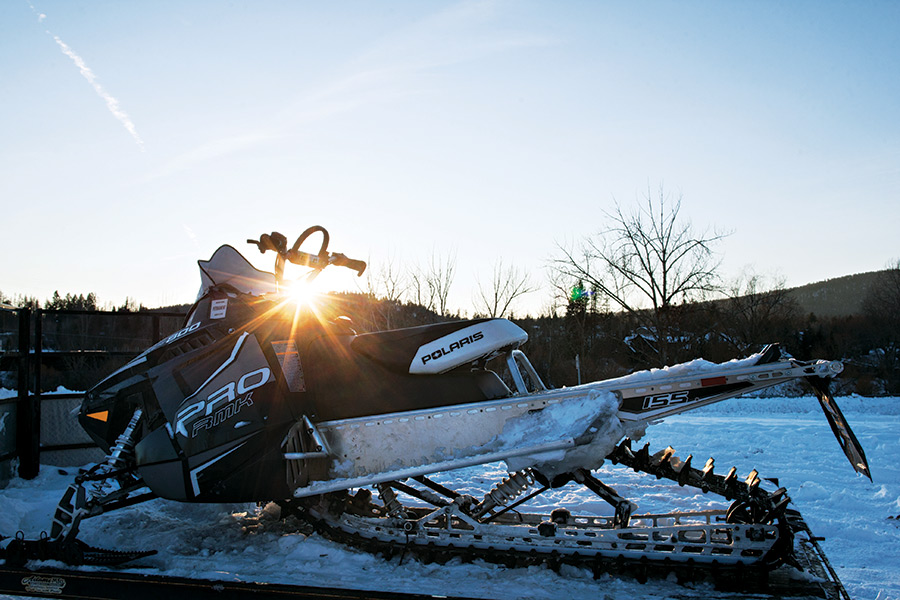When the snow begins to fall in the Flathead, the conversation isn’t, “Should we go outside?” but instead “How should we play outside today?”
Finding ways to traverse the snow is a popular pasttime for many, whether it’s stomping in snowshoes or gliding on skis. In Montana, it’s especially popular to snowmobile across the terrain, and the sport’s popularity is a boon to the state and local economy.
According to a July report from the Bureau of Business and Economic Research at the University of Montana, snowmobilers spend $110 million across the state annually.
The report, which was sponsored by Montana State Parks, estimates that non-resident snowmobilers spend about $147 per activity day, including food, lodging and rental costs.
In 2013-2014, non-resident snowmobilers spent about $14.3 million in Montana, the report states, and that money supports roughly 200 jobs.
Residents are the real big spenders when it comes to snowmobiling, the report indicated. Though residents spend less on their day-to-day expenditures for snowmobiling – only $56 – many of their expenses are for gas.
Annual spending for residents is $96.3 million, with over half of that spent on fuel. The report estimated that both groups buy a combined 4.3 million gallons of gas per season, which means about $1.2 million went to the state highway trust fund due to the $0.27 base tax rate on a gallon.
Freddy Brechbill, vice president at the Flathead Snowmobile Association and sales associate at Jesco Marine and Power Sports in Kalispell, said he’s seen snowmobiling’s popularity increase in recent years due to successive winters with solid snow bases.
“With last year’s good snow and this year’s potential good snow, we have seen an upswing in snowmobile popularity,” Brechbill said.
A recent snowstorm brought feet of snow to the valley floors in the Flathead, and Brechbill said it has driven people to his store.
“This year, with what we have going on right now, I think my next two days are going to be ridiculous,” Brechbill said. “I’ve seen a lot of first-time people right now that have never done it before.”
Brechbill said he believes snowmobiling has become more accepted as a winter sport, except among those who believe it harms the environment.
There have been numerous lawsuits filed against the U.S. Forest Service’s plans for and regulations of snowmobiles, with claims that the machines had serious effects on wildlife, as well as air and noise qualities.
Snowmobile advocates like Brechbill counter that over-snow travel has no permanent effects on the environment.
Access to snowmobiling areas was one of the biggest concerns the BBER report found among snowmobilers, with 62 percent of survey respondents citing it as an important issue facing the sport.
The Forest Service released a new travel management rule in June, stating that snowmobile access decisions on Forest Service land will stay at the local level.
U.S. Sen. Jon Tester’s Forest Jobs and Recreation Act, which was not part of the 2014 federal lands package approved in December, also touches on these concerns, with compromises on snowmobiling areas.
Brechbill said that while access would continue to be a sticking point for local snowmobiling clubs, the Flathead offers hundreds of miles of trails for anyone looking to get away. Triggering avalanches is always a possibility, he said, and anyone taking to the trails should pay attention to avalanche warnings.
And snowmobile policy and access points will continue to evolve, but as the snow continued to fall and pile up in the valley on Jan. 5, Brechbill predicted a busy season of sledding.
“The season, really, is starting right now with this snow,” he said.
For more information on the Flathead Snowmobile Association, visit www.flatheadsnowmobiler.com. For a map of groomed trails in the Flathead area, visit www.fs.usda.gov/main/flathead/maps-pubs.
